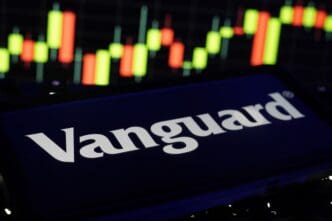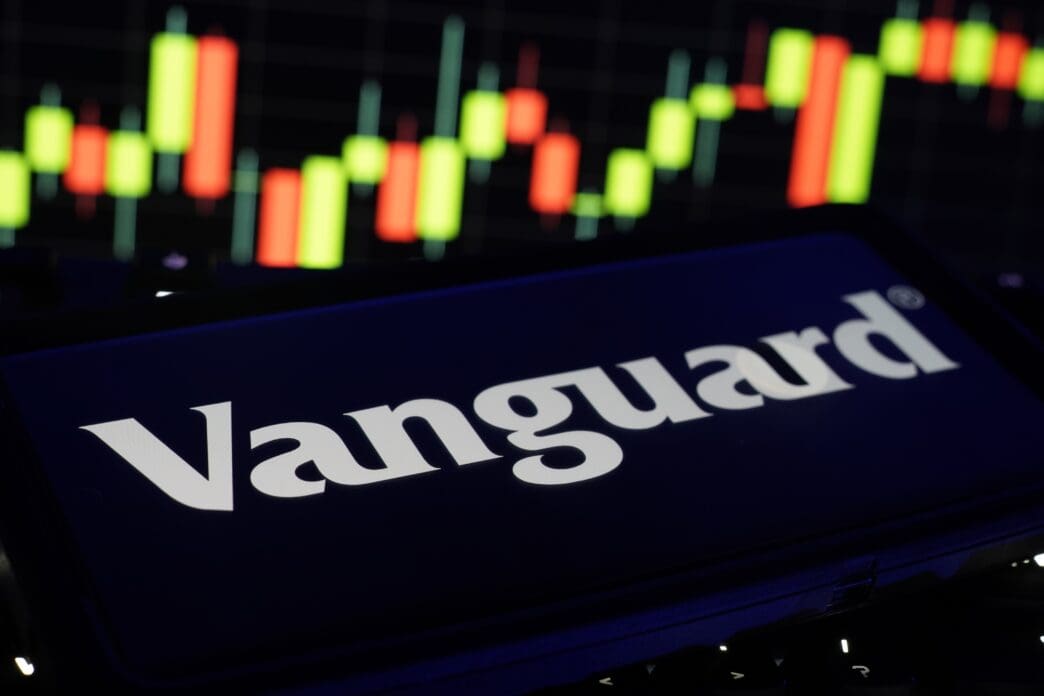Executive Summary
The Story So Far
Why This Matters
Who Thinks What?
The Motley Fool suggests that investors looking to build a resilient portfolio, even amid concerns of a potential stock market downturn in 2026, should consider three low-cost Vanguard exchange-traded funds (ETFs). This strategy emphasizes continuous investing over market timing, aiming for broad diversification across U.S. and international equities, alongside fixed-income exposure. The recommendation comes as the S&P 500 index hovers near all-time highs, prompting some investors to anticipate future market volatility.
Market Context and Strategy
While the S&P 500 is currently strong, historical trends suggest that attempting to time market fluctuations is often less effective than consistent, long-term investing. The proposed approach centers on establishing a diversified portfolio designed to weather various market conditions over decades.
Recommended ETFs
Vanguard Total Stock Market ETF (VTI)
The first recommended fund is the Vanguard Total Stock Market ETF (VTI), which aims to capture the entire U.S. equity market. With an ultra-low expense ratio of 0.03%, VTI invests in over 3,500 U.S. stocks, offering comprehensive exposure beyond the 500 companies in the S&P 500 index.
While it shares a significant weighting in technology giants like Nvidia, Apple, and Microsoft with the S&P 500, its broader scope provides wider market representation.
Vanguard Total International Stock ETF (VXUS)
To complement U.S. market exposure, the Vanguard Total International Stock ETF (VXUS) is suggested. This fund invests in approximately 8,700 non-U.S. companies across developed and emerging markets, with major allocations to Europe (nearly 38%), emerging markets (nearly 28%), and Asia (about 25%).
VXUS carries an expense ratio of 0.05%, reflecting the increased complexity of international investing. When paired with VTI, it helps create a highly diversified equity basket.
Vanguard Total Bond Market ETF (BND)
The final component for a rounded portfolio is the Vanguard Total Bond Market ETF (BND), which focuses on high-quality, taxable U.S. bonds. With an expense ratio of 0.03%, BND is designed to provide stability and act as a ballast within an asset allocation framework.
The recommendation highlights the prudence of investing in bonds from economically stable countries due to their inherent complexity.
Portfolio Construction and Long-Term View
The strategy advocates for combining these three ETFs to create a highly diversified portfolio that can be consistently invested in over time. This approach aims to spread risk across various asset classes and geographies, preventing over-concentration in any single investment.
Traditional asset allocation models, such as a 60% stock and 40% bond split, are suggested as a starting point, with adjustments based on an investor’s age and risk tolerance. Investors are advised to rebalance their portfolio annually to maintain their desired asset allocation, with a periodic review every five years to ensure the allocation remains suitable for evolving personal circumstances. The emphasis is on long-term growth potential over several decades, rather than short-term market fluctuations.







